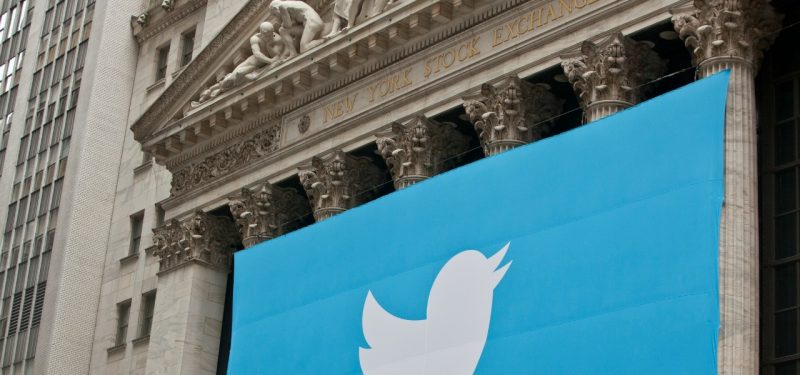This article is part of an ongoing series of Performance Retrospectives that assess real-world application performance issues in the news, analyze what might have happened, and offer up best practices that just might help you avoid similar problems.
On 28 April 2015, Twitter had their earnings report leak out unintentionally—a web crawler found and shared Twitter's earnings on Twitter nearly an hour before its intended release. Shortly after 3 p.m. Eastern time, Selerity, a New Jersey firm that crawls the web for financial data, began tweeting Twitter's first-quarter numbers. The firm says its software found the link to Twitter's press release announcing the earnings on the company's publicly available investor relations page. This disclosure created chaos on the floor of the New York Stock Exchange: The press release disclosed that Twitter had badly missed revenue expectations. The NYSE halted trading of the stock and the company issued its press release about a half hour before the 4 p.m. close. Investors promptly sent the shares down 18.2 percent.
What happened
A web crawler from Selerity found the link to Twitter's press release announcing earnings, which then amplified this via social media and caused a sell-off frenzy in the market to the volume where NYSE halted trading of the stock. Call it "The Tweet heard 'round the world."
Why it happened
These types of things happen when release management practices, whether manual or automated, are either not defined or not followed. It could be something as simple as someone clicking a button to push content without knowing the broader impact. Or the problem could lie in scheduling via an automated release management tool and mistaking the time zone and intended time for the update. In this example, it was a draft of the press release and not the final draft that was discovered, which would lead me to believe this was a human mistake: revealing a non-production version of what was intended. We may never know the full story behind "why it happened," but release management is the backbone of agile and DevOps today. In highly technical and automated environments like Twitter's, this sort of automation is a common and best practice.
Technology continues to evolve rapidly. Automated crawlers and other capabilities can find any kind of information across the internet, along with the analytics packages to correlate and associate that information, which can then be amplified across social media platforms, which in turn impacts the decisions of end users. This was the scenario on April 28, 2015, and unfortunately it happened to Twitter.
The business impact
Two questions here. Did an early announcement of the earnings cause the 18 percent sell-off of their stock, along with the exponential increase in volume of sell trades? Did the early announcement and supporting news story eruption increase the attention, which negatively impacted the brand and stock price and, ultimately, the perception of value among shareholders? To both of these questions, I would answer yes. From a business impact, the 18.2 percent stock price drop (previous day close of $51.66 to $42.27 following the resumption of trading, after the company requested the New York Stock Exchange halt trading due to an early leak of their earnings release) translates to a market cap valuation—from April 27, 2015 ($31.58 billion) to April 29, 2015 ($22.98 billion)—loss of $8.6 billion. Assuming an ultra-conservative number of five percent impact from both 'early announcement' and 'amplified visibility,' the business impact (let's make sure I have enough zeros) is $430 million.
Takeaways: Release management matters, and timing
When the trading volume goes up, sometimes you need to turn it off...brace for impact.
We can see how the release management process—and specifically when you deploy—became a tipping point in this scenario. Especially given the web crawlers and automated amplification capabilities, which only make this type of exposure more publicly visible. In addition, when trading volumes went up, although the NYSE was able to turn it off, the impact universally was significant. There are many dimensions within this issue to consider, as well as things we can all learn from and apply to our own environments.
Keep learning
Take a deep dive into the state of quality with TechBeacon's Guide. Plus: Download the free World Quality Report 2022-23.
Put performance engineering into practice with these top 10 performance engineering techniques that work.
Find to tools you need with TechBeacon's Buyer's Guide for Selecting Software Test Automation Tools.
Discover best practices for reducing software defects with TechBeacon's Guide.
- Take your testing career to the next level. TechBeacon's Careers Topic Center provides expert advice to prepare you for your next move.


